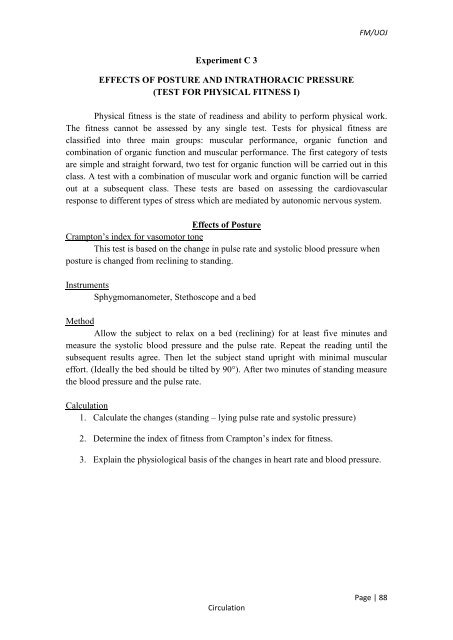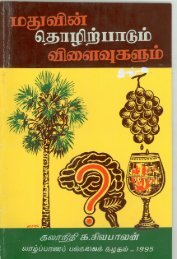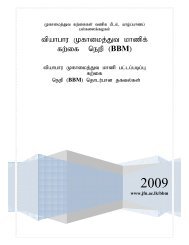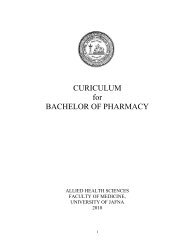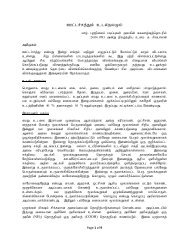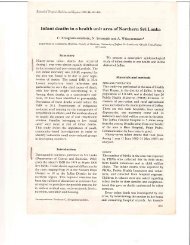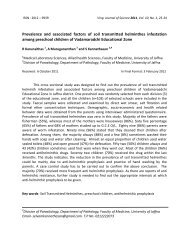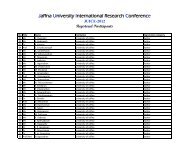MANUAL PHYSIOLOGY PRACTICAL - Repository:The Medical ...
MANUAL PHYSIOLOGY PRACTICAL - Repository:The Medical ...
MANUAL PHYSIOLOGY PRACTICAL - Repository:The Medical ...
Create successful ePaper yourself
Turn your PDF publications into a flip-book with our unique Google optimized e-Paper software.
FM/UOJ<br />
Experiment C 3<br />
EFFECTS OF POSTURE AND INTRATHORACIC PRESSURE<br />
(TEST FOR PHYSICAL FITNESS I)<br />
Physical fitness is the state of readiness and ability to perform physical work.<br />
<strong>The</strong> fitness cannot be assessed by any single test. Tests for physical fitness are<br />
classified into three main groups: muscular performance, organic function and<br />
combination of organic function and muscular performance. <strong>The</strong> first category of tests<br />
are simple and straight forward, two test for organic function will be carried out in this<br />
class. A test with a combination of muscular work and organic function will be carried<br />
out at a subsequent class. <strong>The</strong>se tests are based on assessing the cardiovascular<br />
response to different types of stress which are mediated by autonomic nervous system.<br />
Effects of Posture<br />
Crampton’s index for vasomotor tone<br />
This test is based on the change in pulse rate and systolic blood pressure when<br />
posture is changed from reclining to standing.<br />
Instruments<br />
Sphygmomanometer, Stethoscope and a bed<br />
Method<br />
Allow the subject to relax on a bed (reclining) for at least five minutes and<br />
measure the systolic blood pressure and the pulse rate. Repeat the reading until the<br />
subsequent results agree. <strong>The</strong>n let the subject stand upright with minimal muscular<br />
effort. (Ideally the bed should be tilted by 90°). After two minutes of standing measure<br />
the blood pressure and the pulse rate.<br />
Calculation<br />
1. Calculate the changes (standing – lying pulse rate and systolic pressure)<br />
2. Determine the index of fitness from Crampton’s index for fitness.<br />
3. Explain the physiological basis of the changes in heart rate and blood pressure.<br />
Circulation<br />
Page | 88


